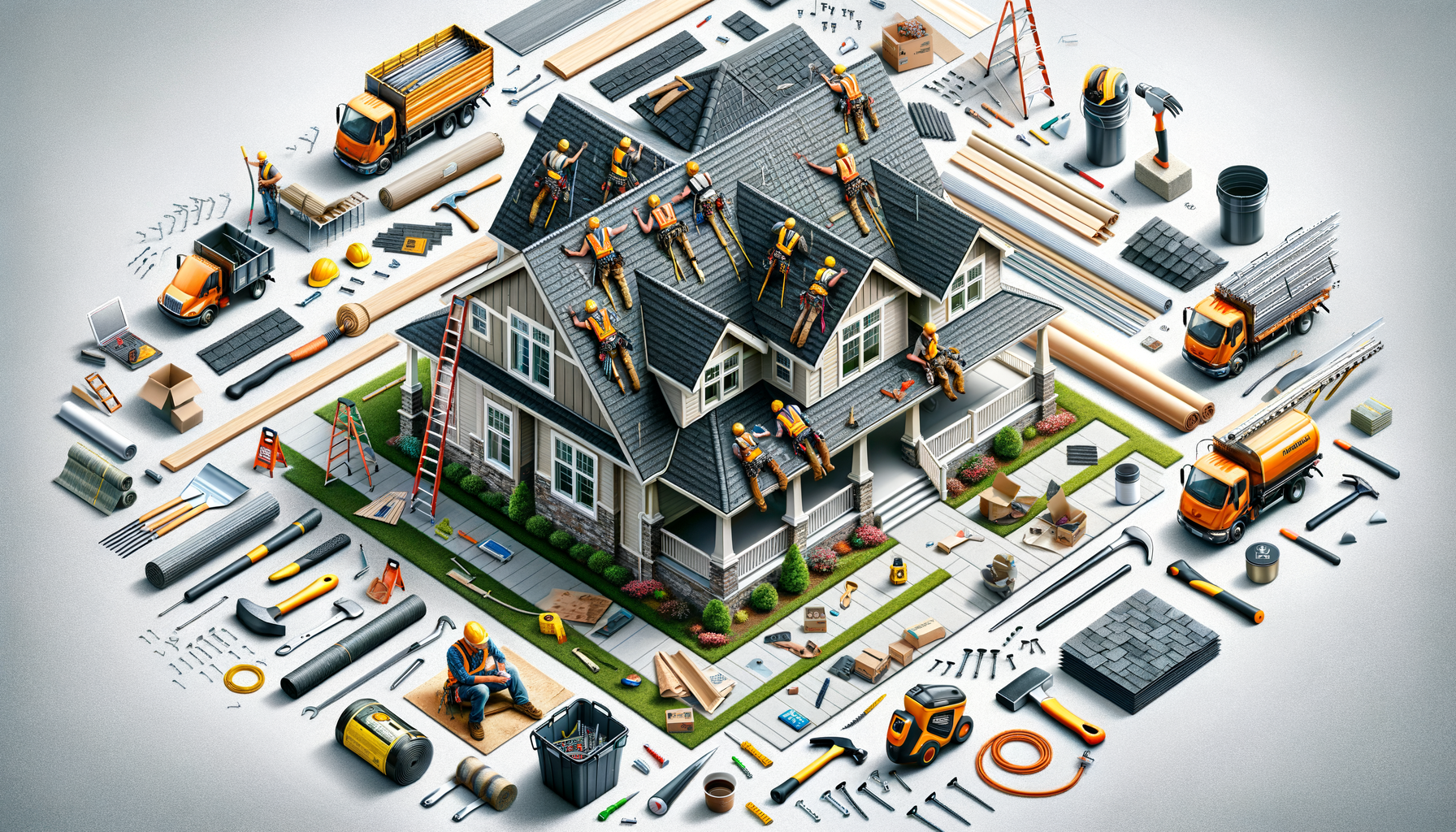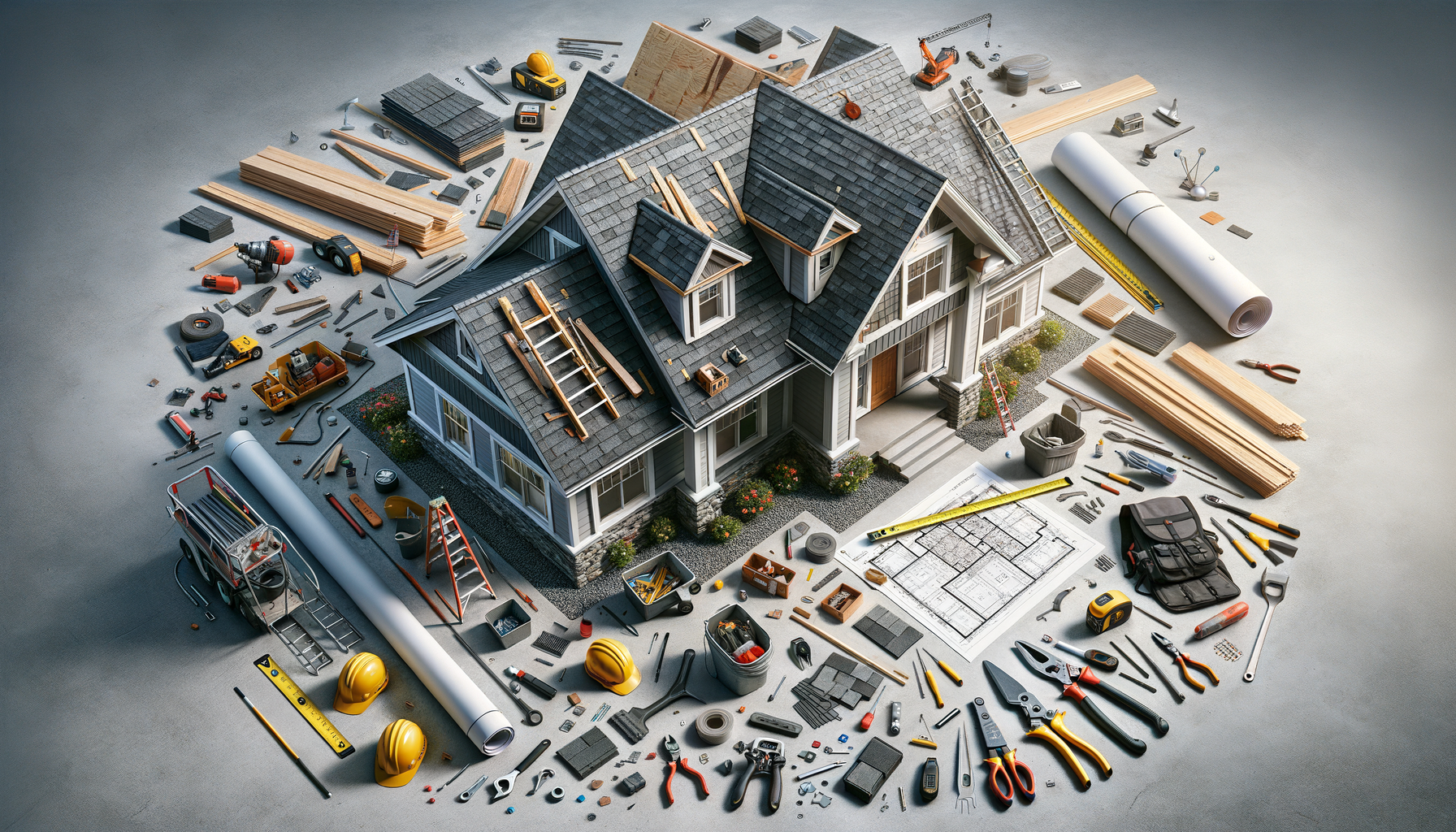In a world where mass-produced furniture is the norm, building your own furniture can be a deeply rewarding and fulfilling experience. Not only does it allow you to create unique pieces tailored to your specific needs and tastes, but it also gives you a sense of accomplishment and pride in your work.
Why Build Your Own Furniture?
There are numerous benefits to building your own furniture. According to Woodworking Network, personalized furniture is increasingly in demand. Expert woodworker John Doe explains, “Building your own furniture allows you to infuse your personality into every piece. It’s a creative outlet and a practical skill that can save you money in the long run.”
Cost-Effective
One of the most compelling reasons to build your own furniture is cost savings. Purchasing high-quality furniture can be expensive, but by sourcing your own materials and doing the work yourself, you can significantly reduce costs. According to a Statista report, the average American household spends over $500 annually on furniture. Imagine the savings if you could build your own!
Quality and Customization
When you build your own furniture, you have complete control over the quality of materials and craftsmanship. You can choose durable hardwoods or sustainable materials, ensuring your furniture lasts for years. Additionally, you can tailor each piece to fit perfectly in your space, something off-the-shelf furniture often fails to offer.
Environmental Benefits
Building your own furniture can also be an environmentally friendly choice. By using reclaimed or sustainably sourced wood, you reduce your carbon footprint. A report from the Environmental Protection Agency highlights the importance of reducing waste and making sustainable choices, and building your own furniture aligns with these principles.
Getting Started: Tools and Materials
Starting a furniture-building project can seem daunting, but with the right tools and materials, it becomes manageable.
Essential Tools
- Measuring tape
- Hammer
- Screwdriver
- Drill
- Saw (hand saw or circular saw)
- Clamps
- Sandpaper
- Wood glue
Materials
The materials you choose will depend on the type of furniture you’re building. Common materials include:
- Hardwoods (oak, maple, cherry)
- Softwoods (pine, cedar)
- Plywood
- Particleboard
- Finishes (paint, stain, varnish)
Steps to Build Your Own Furniture
Here are some actionable steps to get you started:
- Plan Your Project: Sketch out your design, take measurements, and create a cut list.
- Gather Materials: Purchase the necessary wood and hardware.
- Cut and Assemble: Cut your wood pieces according to your design and assemble them using wood glue and screws.
- Sand and Finish: Sand your furniture piece to a smooth finish and apply paint, stain, or varnish as desired.
Comparison: Store-Bought vs. DIY Furniture
| Aspect | Store-Bought | DIY |
|---|---|---|
| Cost | Higher | Lower |
| Quality | Variable | High (if done correctly) |
| Customization | Limited | Unlimited |
| Environmental Impact | Higher | Lower |
| Skill Requirement | None | Moderate to High |
| Time Investment | None | High |
| Satisfaction | Low to Moderate | High |
| Durability | Variable | High |
FAQs
Do I need prior experience to build my own furniture?
No, many beginners start with simple projects like shelves or small tables. Resources like YouTube tutorials can be incredibly helpful.
What type of wood is best for furniture building?
Hardwoods like oak, maple, and cherry are excellent choices for their durability and aesthetic appeal.
Is building furniture time-consuming?
It can be, especially if you’re new to it. However, the time invested is often worth it for the quality and satisfaction of creating something yourself.
Are there any safety tips I should follow?
Always wear safety goggles and gloves, and work in a well-ventilated area. Follow all safety instructions for power tools.
Conclusion
Building your own furniture is a rewarding endeavor that offers numerous benefits, from cost savings to environmental sustainability. With the right tools, materials, and a bit of patience, anyone can create beautiful, custom pieces that reflect their personal style. So why not give it a try? Start small, build your skills, and enjoy the satisfaction of crafting your own furniture.




Leave a Reply